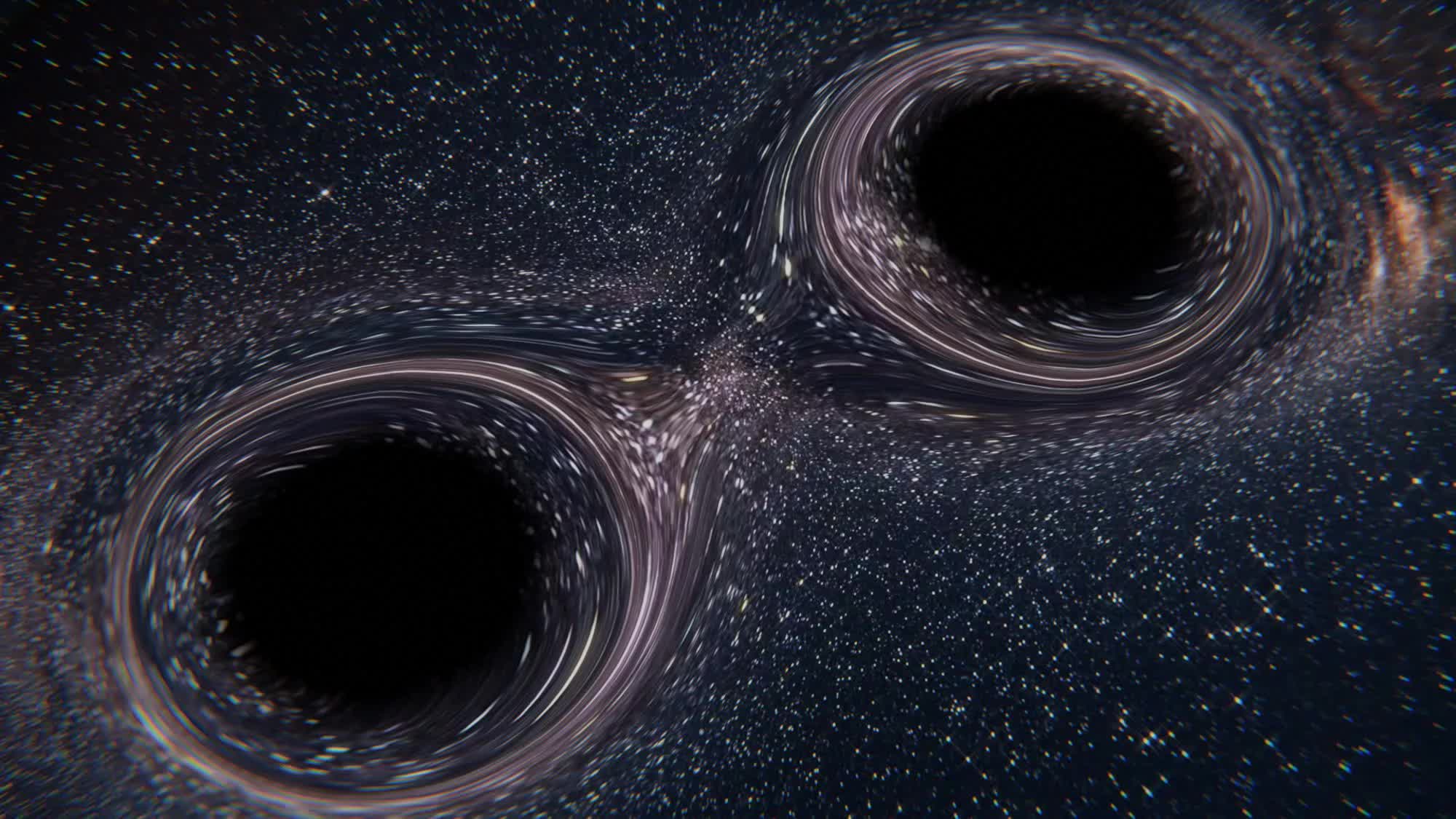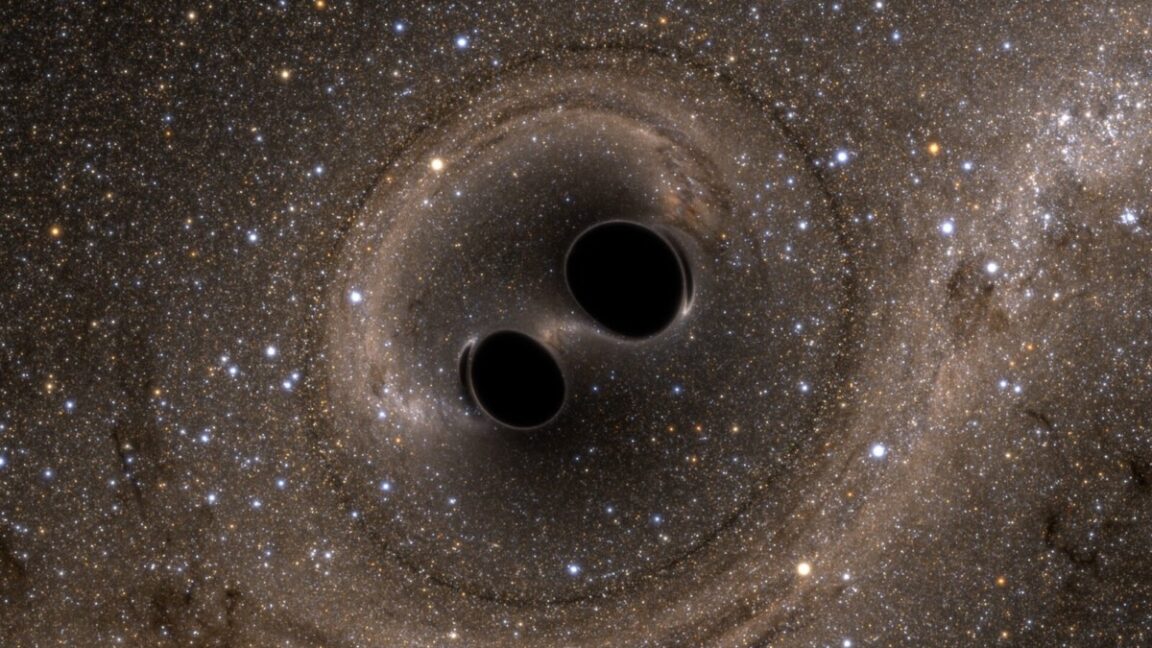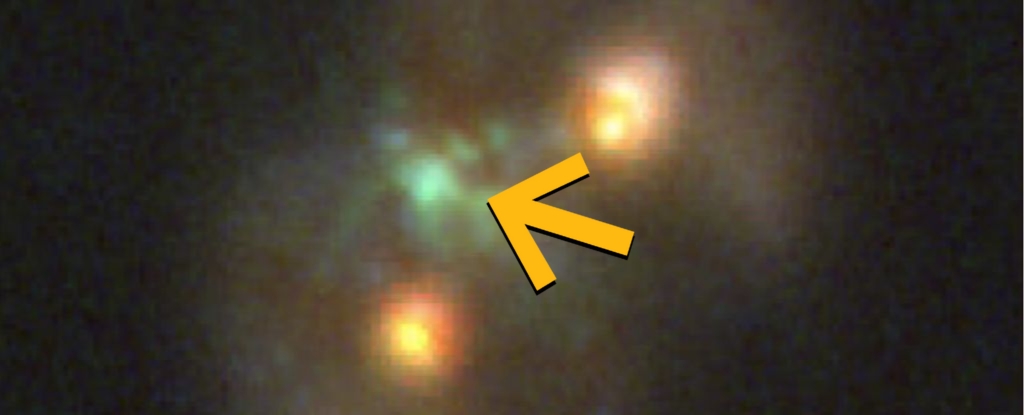T4K3.news
LIGO detects groundbreaking black hole merger
LIGO has recorded the most massive black hole merger, with major implications for physics.

A groundbreaking discovery in gravitational wave astronomy has major implications.
Massive black hole merger changes the landscape of astrophysics
A few years after its first detection of gravitational waves, LIGO has recorded an unprecedented cosmic event: the most massive black hole merger ever detected. The event, designated GW231123, involved two black holes with masses of 100 and 140 times that of the Sun, forming a new black hole 225 times as massive. This detection challenges existing astrophysical models and is a key finding in the ongoing collaboration of LIGO, Virgo, and KAGRA observatories, whose latest observations were made in November 2023. Researchers highlight that the black holes were spinning near the theoretical maximum, raising questions about their origin and evolution.
Key Takeaways
"This discovery challenges existing models of physics and astrophysics."
The discovery’s impact on current scientific theories highlights the need for updated understandings.
"Such high rotational speeds shouldn't be possible under standard models of stellar evolution."
This comment emphasizes the anomaly presented by the rapid spins of the black holes.
"It may take years for scientists to fully unravel the implications of this event."
This insight reflects the complex nature of astrophysical data analysis following major discoveries.
The detection of GW231123 marks a significant moment in astrophysics, as it pushes the boundaries of what is understood about black hole formation and evolution. The implication that these black holes may have formed through previous mergers intrigues scientists and invites a reevaluation of stellar evolution theories. As researchers delve into the data, this discovery may lead to new models that could better explain the universe's most mysterious entities.
Highlights
- This merger challenges our understanding of black hole physics.
- Detecting such massive black holes raises new questions in astrophysics.
- The speed of these black holes spins defies current models.
- GW231123 may reshape theories about the universe.
Potential backlash over astrophysical theories
The discovery could lead to controversy as it challenges established theories of black hole formation and evolution.
The implications of this discovery will be felt across the field for years to come.
Enjoyed this? Let your friends know!
Related News

LIGO makes significant black hole discovery amid budget cuts

Record black hole merger detected by LIGO team

Largest black hole merger detected by LIGO-Virgo-KAGRA

Massive black hole merger discovered

Astronomers observe second flare from same black hole

Vibe physics poses risks in scientific discussions

Astronomers capture birth of supermassive black hole

Discovery of Possible Supermassive Black Hole Formation
